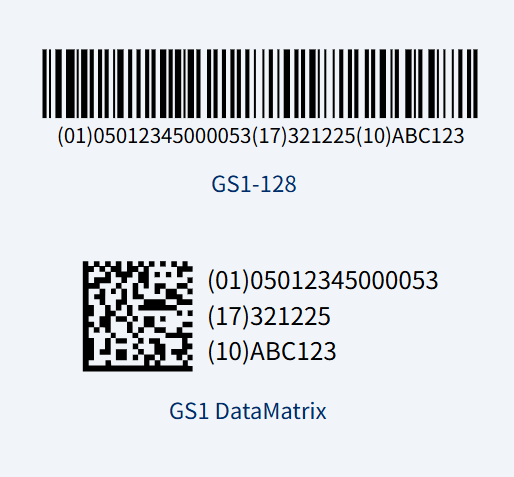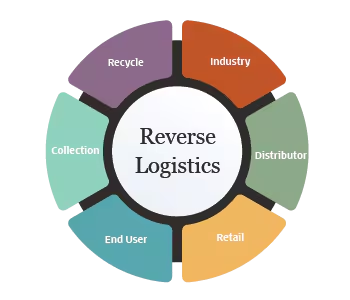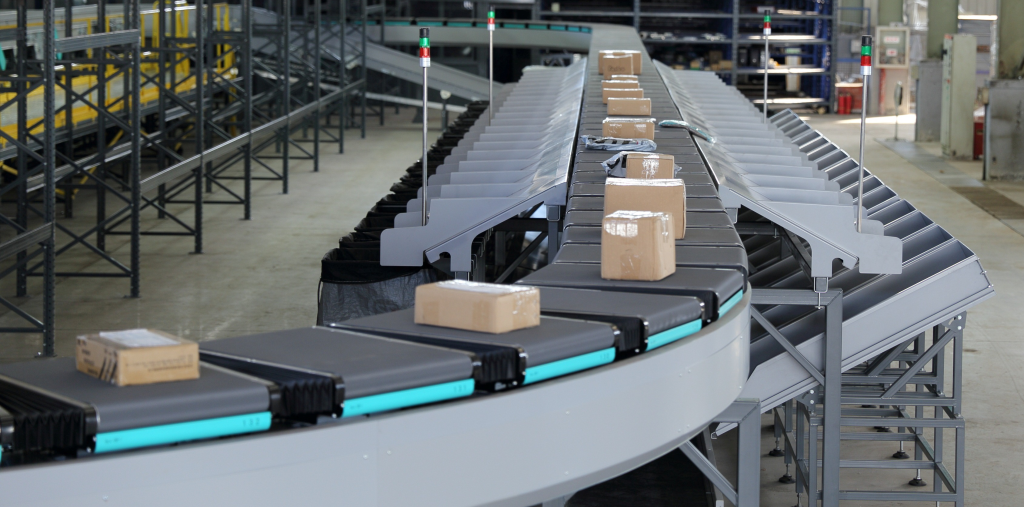GS1 Labels Improve Last-Mile Delivery and Logistics
In an era where e-commerce continues to expand and customer expectations for fast, accurate deliveries grow higher each day, optimizing last-mile logistics has never been more critical. Among the many technologies enabling better supply chain performance, GS1 Labels stand out as a standardized and highly effective solution for enhancing visibility, accuracy, and efficiency—especially in the final stretch of the delivery journey.
This article explores the practical benefits of using GS1 Labels for last-mile delivery and logistics, and how these globally recognized standards can help businesses improve operational performance and customer satisfaction.

What Are GS1 Labels?
GS1 Labels are globally accepted barcode and labeling standards developed by GS1, a non-profit organization that facilitates the efficient exchange of goods and data. These labels include critical identifiers such as:
- Global Trade Item Number (GTIN)
- Serial Shipping Container Code (SSCC)
- Global Location Number (GLN)
- Application Identifiers (AIs) for batch number, expiration date, quantity, etc.
Typically embedded in formats such as GS1-128 barcodes or DataMatrix, these labels enable automated scanning, tracking, and verification of shipments at various stages—from manufacturing to doorstep delivery.

Enhancing Last-Mile Visibility
One of the most significant benefits of GS1 Labels in last-mile delivery is improved visibility. By assigning unique identifiers to parcels or pallets, companies can track each item in real time, right down to the final delivery point.
Every scan along the journey—from dispatch to local distribution centers—automatically updates location and status information. This transparency helps both shippers and customers stay informed, reducing uncertainty and enabling proactive problem-solving when delays or errors occur.
Reducing Errors and Delivery Failures
Human error remains a top cause of last-mile delivery failures. GS1 Labels drastically reduce such risks by enabling automated scanning and data validation.
For instance, using a GS1-128 barcode containing the SSCC ensures that each shipment is uniquely identified and linked to the correct order and address. This reduces the chance of misrouted parcels, incorrect handovers, or mistaken deliveries—issues that can be costly and time-consuming to resolve.
By standardizing information at every touchpoint, GS1 Labels ensure that systems and teams—from warehouses to delivery drivers—are working with accurate and consistent data.
Streamlining Reverse Logistics
Returns are an inevitable part of last-mile delivery, particularly in retail and e-commerce. GS1 Labels make reverse logistics more manageable by providing a standardized format for identifying returned goods.
When a return is scanned, the embedded GS1 data can instantly pull up the original order information, verify return eligibility, and route the item correctly—without requiring manual input. This speeds up the return process, reduces errors, and helps businesses maintain control over inventory and costs.

Supporting Compliance and Traceability
Many industries—especially pharmaceuticals, food, and consumer goods—are subject to strict traceability and regulatory requirements. GS1 Labels make it easier to meet these demands by encoding essential data such as:
- Product lot number
- Expiration date
- Manufacturer or distribution location
This level of traceability is vital in the event of a product recall or quality issue. In last-mile scenarios, the ability to confirm and validate product origins before final delivery adds a layer of assurance for both businesses and end-users.
Enabling Automation and Scalability
As businesses scale operations, manual processes often become bottlenecks. GS1 Labels are machine-readable and compatible with most warehouse management and delivery systems, making them ideal for automation.
Automated sorting, picking, and loading systems can quickly interpret GS1-encoded data to determine the correct path for each parcel. During last-mile delivery, handheld scanners or mobile devices allow drivers to confirm deliveries in real time and capture proof of delivery with minimal manual steps.

This not only accelerates fulfillment but also reduces labor costs and improves delivery accuracy at scale.
Improving Customer Experience
A well-executed last-mile delivery is often the most memorable part of the customer journey. GS1 Labels indirectly contribute to a better customer experience by ensuring:
- Fewer failed deliveries
- Real-time tracking updates
- Accurate contents and condition upon arrival
- Faster issue resolution in case of returns or complaints
When customers receive what they ordered, on time and without complications, they’re more likely to trust the brand and make repeat purchases.
Conclusion
GS1 Labels are much more than barcodes—they are an essential tool for enhancing the performance and reliability of last-mile logistics. By improving visibility, reducing errors, enabling automation, and supporting traceability, it helps businesses meet rising expectations in a fast-moving digital economy.
For companies looking to future-proof their delivery operations, investing in GS1-compliant labeling is a practical step toward building a smarter, more efficient, and customer-focused logistics system.
Industry Insights
news via inbox
Nulla turp dis cursus. Integer liberos euismod pretium faucibua








[…] Cross-border sellers often operate across Amazon, eBay, Shopify, and more. Manual sorting and multi-platform syncing drain operational efficiency and increase error rates. […]